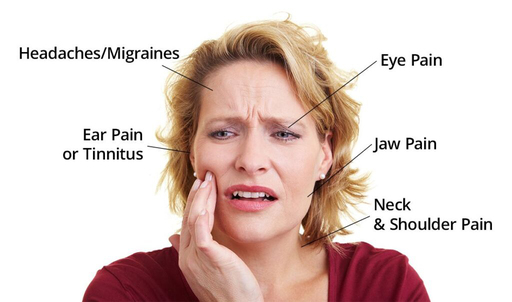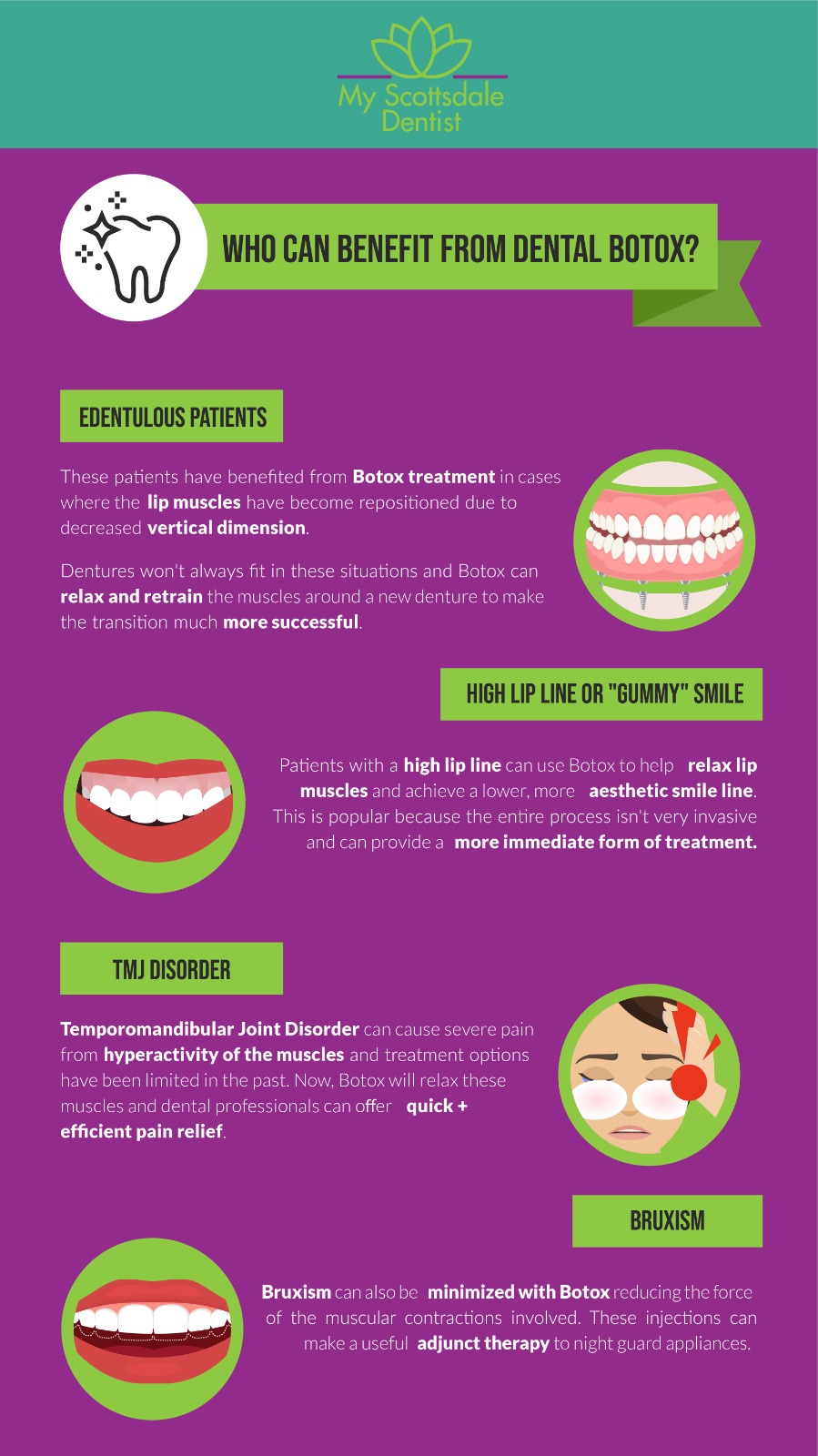Dental Botox
Botox in dentistry? Yes, you read that right! While Botox is widely known for its cosmetic applications, it is increasingly being used here at My Scottsdale Dentist to treat a variety of dental concerns. One such concern is temporomandibular joint disorder (TMJ). Botox injections can help relax the jaw muscles and alleviate the pain associated with TMJ. This innovative approach provides patients with a non-surgical alternative that can greatly improve their quality of life.
Another exciting application of Botox in dentistry is its ability to address high lip line issues. In some cases, individuals may have a gummy smile or excessive gum exposure when they smile due to an overactive upper lip muscle. By injecting Botox into this muscle, Dr. Erica Elannan can temporarily reduce its movement and create a more balanced and aesthetically pleasing smile. This technique not only enhances the patient’s confidence but also eliminates the need for invasive surgical procedures.
But wait, there’s more! Did you know that Botox can also help patients whose dentures no longer fit properly? As we age, our facial muscles change and lose volume, which can lead to ill-fitting dentures. By injecting small amounts of Botox near specific muscles responsible for controlling the position of dentures, these muscles are relaxed, allowing for a better fit and improved comfort. Talk about innovation in dentistry!

What to Expect During Treatment
Dr. Erica Elannan & Dr. Phillips are uniquely qualified to provide BOTOX® injections, since dentists have extensive background in facial anatomy. You can receive safe, precise treatment for TMD from your dentist, rather than visiting a specialist.
Our experienced doctors will place small injections in specific areas around the jaw to target the overworked muscles. Some patients may face minor discomfort from the injections. However, numbing creams or mild sedatives can be offered for patients nervous or fearful of the procedure.
Patients can expect symptoms to improve almost immediately. Any temporary, mild bruising or irritation at the injection sites is normal and should go away in a few days.

